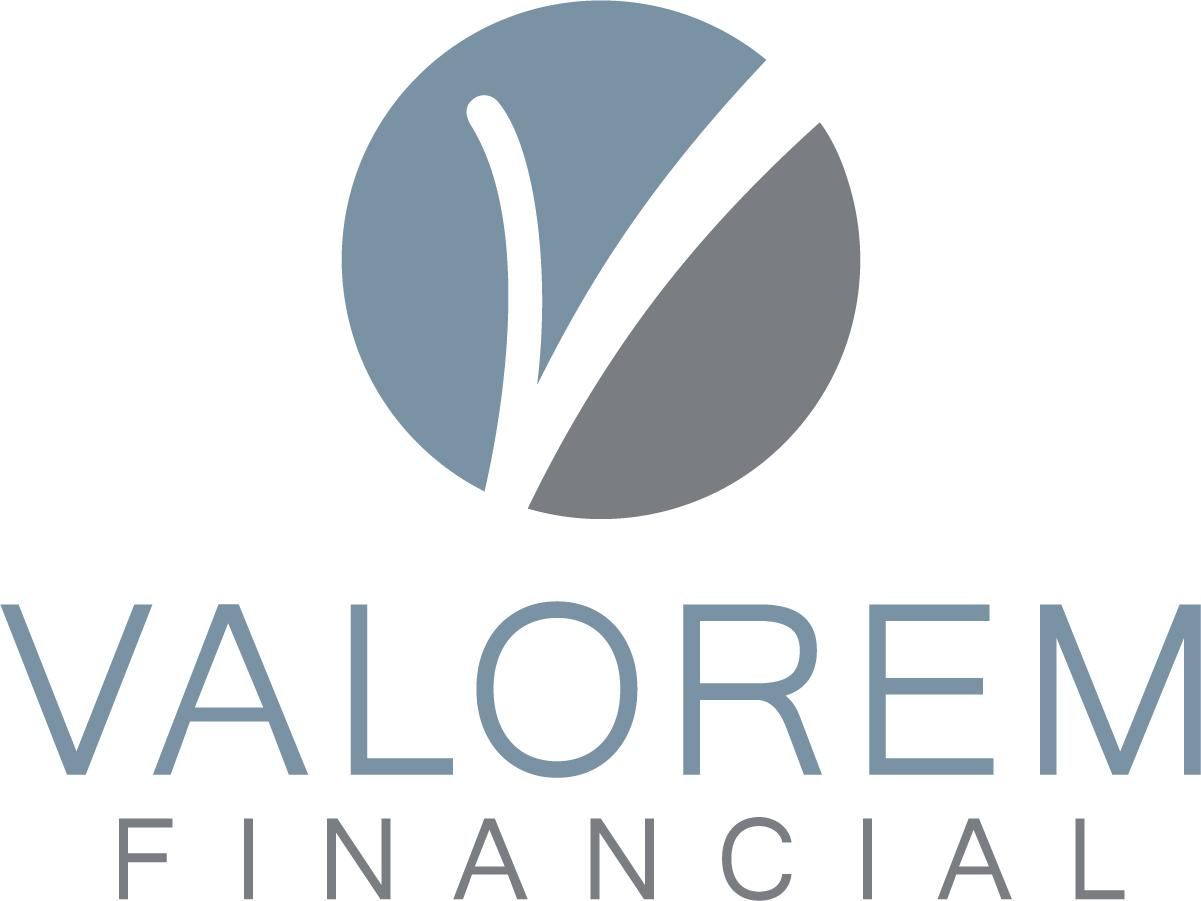Having an estate plan established when you pass is of monumental importance, especially to your loved ones. The added insult to injury of watching your assets get tied up in probate after your passing is something nobody wants to deal with.
To avoid this, it’s important to have an estate plan. However, the process can be daunting. Continue reading below for a quick and easy list of steps you can take in beginning your estate plan.
Create a List of Your Assets
To start, it’s always a good idea to outline what you’ll be leaving to your beneficiaries. Create a list of your assets, like cars, real estate, and more.
Establish and Review Beneficiaries
After deciding what you’d like to leave behind, it’s important to review your list of beneficiaries, and establish them. Consider what you’d like to leave to whom, how you’d like things split, and when you’d like your loved ones to receive your assets. You can also stipulate that you’d like them to receive a portion each year for a certain amount of time. [1]
Gather the Required Documents
The most common and oftentimes important documents in an estate plan may include: a will, which documents and expresses your last wishes and what you’d like to happen to your assets; a trust, which is a legal agreement allowing your beneficiaries to receive your assets; and a financial or durable power of attorney, which gives someone the legal power to handle your financial or medical affairs.[2]
Keep Taxes in Mind
When creating your plan, it’s important to account for probate fees and other taxes that may apply to your assets – such as gift taxes or inheritance taxes.
Consider Consulting with an Expert
An estate planner will know how to maximize assets and minimize estate, inheritance, and gift taxes.[3] For the best advice, consider seeking the advice of an expert.
The use of trusts involve a complex web of tax rules and regulations. You should consider the counsel of an experienced estate planning progressional before implementing such strategies.
The opinions contained in this material are those of the author and not a recommendation or solicitation to buy or sell investment products. This information is from sources believed to be reputable, but Cetera Advisor Networks LLC cannot guarantee or represent that it is accurate or complete. All investing involves risk, including the possible loss of principal. There is no assurance that any investment strategy will be successful.
[1] Bell, Kay and Emmert, Connor. “Estate Planning Checklist: A 7-Step Guide to Getting Your Affairs in Order.” NerdWallet, n.d. https://www.nerdwallet.com/article/investing/estate-planning/estate-planning. Accessed 23 May 2024.
[2] Hicks, Patrick. “Estate Planning 101: What is Estate Planning?” Trust and Will, n.d. https://trustandwill.com/learn/what-is-estate-planning. Accessed 23 May 2024.
[3] “Estate Planning Basics.” Fidelity, n.d. https://www.fidelity.com/life-events/estate-planning/basics. Accessed 23 May 2024.


